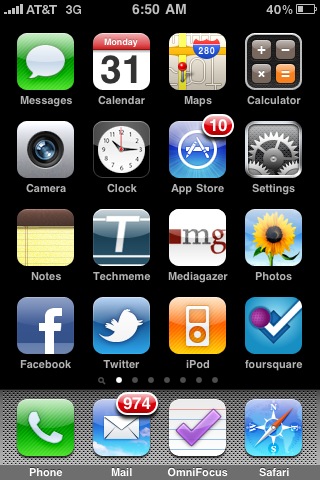Since my first Tweet in April 2007, I’ve been using the service in different ways. In that time, my career has changed; the people using it are now beyond the early-adopted tech crowd which dominated when I first started using it; and more significantly, Twitter has added new functionality that has changed the pattern of usage.
In other words, I’ve changed; the people around me have changed; and the service has changed. So with that in mind, I’m asking myself now how should I use Twitter now? It’s become a new communications paradigm, and so our personal evolution in using it is an interesting thing to consider for the future of communications.
What has Twitter become
Put simply, people and companies use it to connect with other people. Not only that, but its become a means to discover information and people. The discussions on it have allowed communities to emerge (and organise), trends to be noticed, and people to be identified. Its created the social melebrity – the term I give to the trend of “micro-celebrities” – and created a new avenue to the consultant (online self-promotion), researcher (uncovering trends and breaking information), and business development manager (discovery of opportunities), among others
What’s different about Twitter now
Twitter was implicitly designed to encourage a gaming of human psychology based on the number of followers you had. The more followers, the more perceived status an account had and by extension a person or company. This status created perceived influence and authority – which in some ways was true, but true or not is not the point: it was enough of a motivator to get people thinking constantly “how can I get more followers”, a brilliant state of mind from the perspective of a profit-making company benefiting from usage.
Several new features have since emerged, one of which is lists. Lists themselves have become another way Twitter, inc has been able to game its user-base as it implies a sense of status. But from a user point of view, its also become a great new way to track people stream’s, which at core is what Twitter is meant to be about.
Foe anyone that follows a lot of people, tracking every Tweet can be impossible. I now hover around the 500 mark of people that I ‘follow’, but the reality is, I don’t actually follow them in the true sense of the world: only in the off-chance I check-into Twitter to see what’s happening. ‘Following’ these days is not a reflection of my engagement with that person, but simply, my interest (once upon a time).
Thinking about value
With all the above in mind, let’s now answer the question of who should you follow. Should it be people you’re interested in following, like how it’s always been no? I say nope to that, and here’s why.
I get no benefit following someone who is not following me back, other than the initial notification someone gets that I’ve followed them (and which I know can be quite successful as a marketing tool). The value we get, is if they follow us back, is the fact we can directly message each other. And this has real value: I know people who are impossible to reach via email, myself included sometimes, because of email overload. But, if someone sends you a direct message via Twitter – it can come to you via email, IM and SMS. And the conciseness of the message makes the communication more direct and pointed (a benefit in itself). It’s an efficient way of reaching busy people.
On the other hand, there is a real cost following someone who doesn’t follow you back. If you have an account where you follow more people than follow you, you are considered a spam account in the eyes of other users. If you follow more than a certain amount of people – say a few hundred – then you are not considered (rightfully) engaged in that person. And let’s not forget the cost to your attention: you get more value out of the Twitter stream when you can consume more of it – meaning, the less accounts you follow, the more engaged you are.
So what’s my point? Unfollow people and start using lists. Don’t be gamed by the Twitter communications platform, and start thinking about what value it can provide to you in your life.

